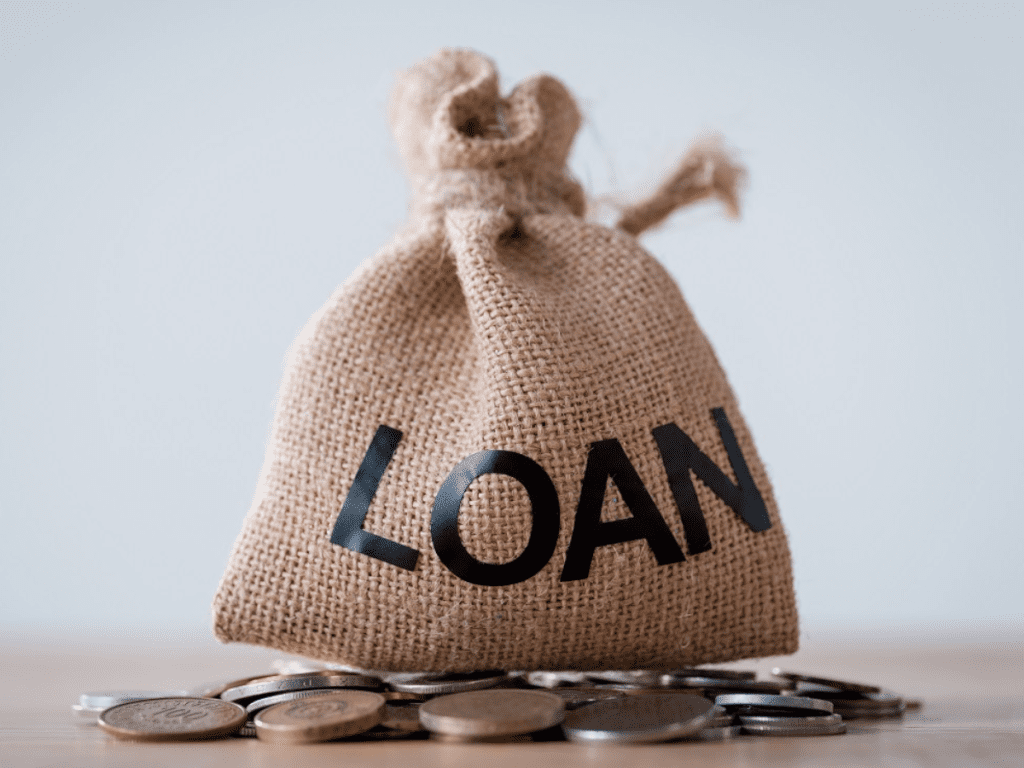Introduction
The role of a down payment in home loans is a fundamental aspect of the home-buying process. It represents a buyer’s initial contribution to the purchase price of a property and plays a significant role in determining the terms of the mortgage, the overall cost of the loan, and the buyer’s financial stability. Understanding how down payments work and their importance can empower prospective homeowners to make informed decisions about their purchase. This comprehensive guide explores the various dimensions of down payments, their benefits, and strategies to save for one.
What is a Down Payment?
A down payment is the upfront payment made by a homebuyer when purchasing a property. It is expressed as a percentage of the home’s purchase price. For example, a 20% down payment on a $300,000 home would be $60,000. The remaining amount is typically financed through a mortgage loan.
The size of the down payment varies based on factors such as the type of loan, the lender’s requirements, and the buyer’s financial situation. While some loans require a minimum down payment of as little as 3%, others might demand a more substantial contribution.
Why is a Down Payment Important?
The down payment serves several critical functions in the home-buying process:
- Demonstrating Financial Commitment
- The down payment acts as a sign of the buyer’s commitment and financial readiness. It reassures lenders that the buyer is invested in the purchase and capable of managing the financial responsibilities of homeownership.
- Reducing Loan Amount
- A larger down payment reduces the amount of money borrowed from the lender. For instance, with a $60,000 down payment on a $300,000 home, the mortgage amount would be $240,000 instead of the full purchase price.
- Impact on Interest Rates
- Buyers who make larger down payments often qualify for lower interest rates. This is because lenders view these buyers as less risky, as they have more equity in the property from the start.
- Lower Monthly Payments
- A smaller loan amount, combined with potentially lower interest rates, results in reduced monthly mortgage payments. This can improve the buyer’s cash flow and financial stability.
- Avoiding Private Mortgage Insurance (PMI)
- For conventional loans, buyers who make a down payment of 20% or more can avoid PMI, which is an additional cost designed to protect the lender in case of default. Avoiding PMI can save homeowners hundreds or even thousands of dollars annually.
- Building Equity Faster
- A larger down payment means more immediate equity in the home. Equity is the portion of the property that the buyer truly owns, and it can grow over time as the property appreciates in value and as the loan balance decreases.
Down Payment Requirements by Loan Type
Different types of loans have varying down payment requirements:
- Conventional Loans
- Typically require a down payment of at least 3% to 20%, depending on the borrower’s credit score and financial history.
- FHA Loans
- Backed by the Federal Housing Administration, FHA loans have more lenient requirements and allow down payments as low as 3.5%.
- VA Loans
- Available to eligible veterans and active-duty military members, VA loans often require no down payment, making them an attractive option for those who qualify.
- USDA Loans
- Designed for rural and suburban homebuyers, USDA loans also allow for zero down payment, provided the borrower meets specific income and property eligibility requirements.
- Jumbo Loans
- Used for properties that exceed the conforming loan limits set by Fannie Mae and Freddie Mac, jumbo loans often require a larger down payment, typically around 20% or more.
Benefits of a Larger Down Payment
While some buyers may opt for the minimum down payment required, there are distinct advantages to making a larger one:
- Lower Total Loan Cost
- A larger down payment reduces the principal amount borrowed, resulting in less interest paid over the life of the loan.
- Improved Loan Approval Chances
- Buyers with larger down payments are more likely to be approved for a loan, as lenders perceive them as less risky.
- Greater Financial Stability
- Starting with substantial equity in the home provides a financial cushion in case of market fluctuations or unforeseen expenses.
- Potential for Better Loan Terms
- Larger down payments may qualify buyers for lower interest rates, reducing overall borrowing costs.
- Avoiding Negative Equity
- With a significant down payment, buyers are less likely to owe more than the home’s value if property prices decline.
Challenges of Saving for a Down Payment
While the benefits of a larger down payment are clear, saving for one can be a significant challenge for many prospective buyers. Common obstacles include:
- High Cost of Living
- Rising rents, utility bills, and other living expenses can make it difficult to save.
- Student Loan Debt
- Many first-time buyers carry substantial student loan debt, which can limit their ability to set aside money for a down payment.
- Unexpected Expenses
- Medical bills, car repairs, and other unforeseen costs can disrupt savings plans.
- Home Price Appreciation
- As home prices rise, the amount needed for a down payment increases, making it harder to keep up.
Strategies to Save for a Down Payment
Despite these challenges, there are effective strategies to build a down payment fund:
- Set a Savings Goal
- Determine how much you need to save based on your target home price and preferred down payment percentage. Break this goal into smaller, manageable monthly savings targets.
- Create a Budget
- Track your income and expenses to identify areas where you can cut back and redirect funds toward your down payment savings.
- Open a Dedicated Savings Account
- Use a high-yield savings account to keep your down payment funds separate and earn interest.
- Automate Savings
- Set up automatic transfers to your dedicated savings account to ensure consistent progress.
- Reduce Debt
- Pay down high-interest debt to free up more money for savings and improve your debt-to-income ratio.
- Explore Assistance Programs
- Research local, state, or federal down payment assistance programs that provide grants or low-interest loans to qualified buyers.
- Supplement Income
- Consider taking on a side job, freelancing, or selling unused items to boost your savings.
- Invest Wisely
- If your timeline allows, consider investing a portion of your savings in low-risk options to grow your funds.
Alternatives to a Large Down Payment
If saving for a substantial down payment isn’t feasible, there are alternatives to consider:
- Low Down Payment Loans
- Opt for loans with lower down payment requirements, such as FHA or VA loans.
- Gift Funds
- Many lenders allow buyers to use gift funds from family members to cover part or all of the down payment.
- Down Payment Assistance Programs
- Seek out programs that offer financial aid to first-time or low-income buyers.
- Seller Contributions
- Negotiate with the seller to cover closing costs, freeing up more of your savings for the down payment.
Conclusion
The down payment is a critical element of the home-buying process, influencing the loan’s terms, costs, and the buyer’s financial stability. While saving for a down payment can be challenging, the benefits—such as lower monthly payments, avoiding PMI, and building equity—make it a worthwhile endeavor. By understanding the role of a down payment, exploring various loan options, and employing effective savings strategies, prospective homeowners can position themselves for a successful and financially sustainable home purchase.

